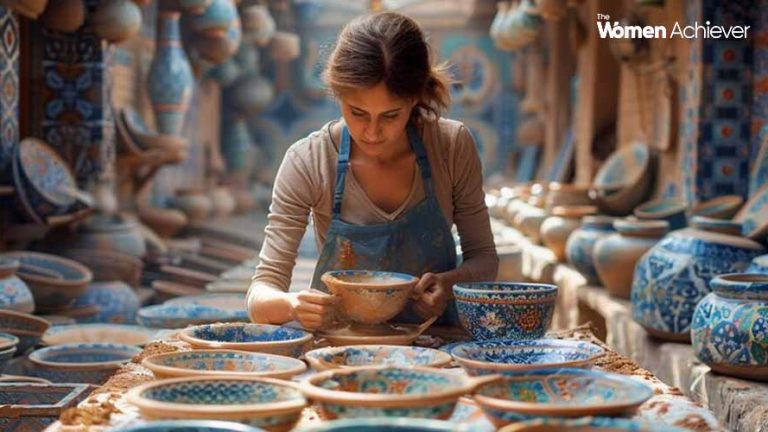Women as Guardians: Preserving Cultural Heritage Across Generations
Women have traditionally been guardians of cultural history, playing an important role in conserving traditions, arts, and customs passed down through generations. Their engagement extends from preserving oral histories and folklore to leading cultural projects to safeguard and promote varied heritages around the world.
This article examines the various methods in which women contribute to the preservation of cultural heritage, as well as the influence of their efforts on communities and global awareness.
Guardians of Oral Traditions
In many cultures, women are the major storytellers, ensuring that oral traditions and folklore are preserved. These narratives frequently contain significant lessons, historical records, and cultural values that shape a community’s identity. Women contribute to keep a living connection to the past by passing these stories along to future generations, ensuring that cultural knowledge is not lost.
Artisans and Craftswomen
Women are frequently at the forefront of traditional arts and crafts, conserving traditions and abilities that are essential to cultural identity. These art forms, which range from cloth weaving and ceramics to embroidery and jewellery making, reflect the history and identity of their respective communities. Women artists play an important role in preserving these crafts while maintaining their cultural relevance.
Cultural Educators and Leaders
Many women work as cultural educators, teaching traditional traditions, languages, and customs in classrooms, community centers, and cultural institutions. Their efforts build a sense of pride and belonging in future generations, encouraging them to actively participate in their heritage. Women leaders also lead projects to safeguard cultural places and promote the inclusion of underrepresented voices in heritage discussions.
Promoting Cultural Heritage with Media and Technology
In the digital age, women are increasingly employing media and technology to document and share their cultural history. They reach a wider audience by using blogs, podcasts, social media, and digital archives to raise awareness to lesser-known cultures and practices. These platforms allow women to connect with people around the world, promoting cultural exchange and understanding.
Challenges and Resilience
Despite their enormous contributions, women who protect cultural heritage confront numerous hurdles, including limited resources, gender biases, and the effects of globalization. Nonetheless, their perseverance and dedication to their communities motivate them to overcome these challenges. Women strengthen their efforts by developing networks and collaborations, where they share information and resources to increase the effect of their work.
Conclusion: Women’s efforts to preserve cultural heritage are vital, ensuring that the rich tapestry of human history and identity stays alive and accessible. Their dedication not only protects traditional practices, but also inspires future generations to cherish and participate in their history. As women continue to lead the way in cultural preservation, their legacy will definitely benefit our global community for many years to come.





Add comment